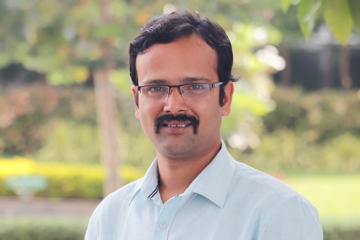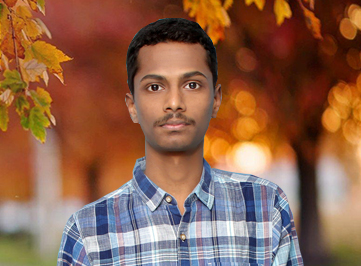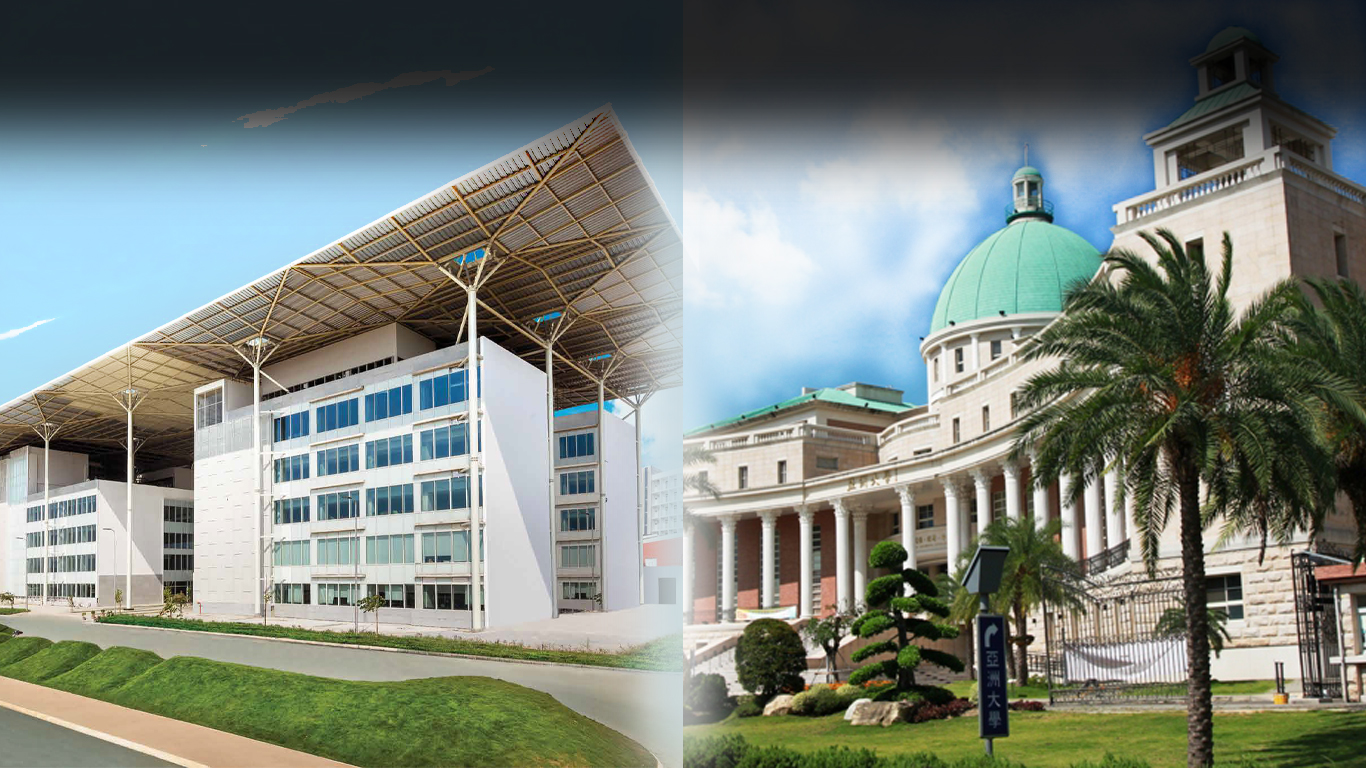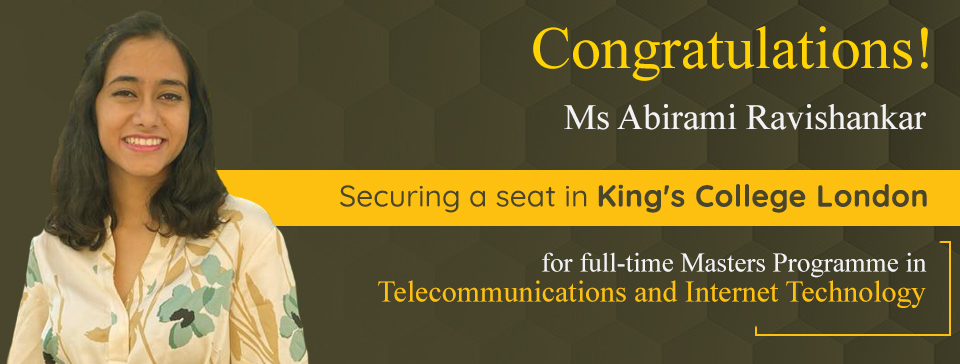Dr Satya Pramod Jammy develops open-source SBLI framework for computing high-resolution fluid flow simulations
 Dr Satya Pramod Jammy, Associate Professor, Mechanical Engineering, SRM University AP, Andhra Pradesh developed the open-source SBLI framework dedicated to enable computing high-resolution fluid flow simulations in the supersonic regime using high-end desktop systems with GPUs. It enables users to set up the problem to be solved at a high-level with the details similar to what one sees in any textbook and the tool will automatically generate a low-level code that can run on CPUs and GPUs using the OPS library.
Dr Satya Pramod Jammy, Associate Professor, Mechanical Engineering, SRM University AP, Andhra Pradesh developed the open-source SBLI framework dedicated to enable computing high-resolution fluid flow simulations in the supersonic regime using high-end desktop systems with GPUs. It enables users to set up the problem to be solved at a high-level with the details similar to what one sees in any textbook and the tool will automatically generate a low-level code that can run on CPUs and GPUs using the OPS library.
Dr Satya Pramod Jammy explains, “It is hosted on GitHub and is available to download free of charge under GNU GPL license (https://opensbli.github.io). I lead the development of OpenSBLI over the last four years as a part of my research. The basic organization of the classes and architecture of the tool is designed along with the automatic code generation. The tool has been transformed over the years starting with a basic version to demonstrate its ability to its current version (V2.0), that is capable of generating codes for around 27 different numerical schemes by changing one line of the setup script. A new version of the framework is under testing and a release is planned in March 2021.”
Advancing the framework, Dr Satya Pramod Jammy informed that the capabilities of the tool are being upgraded constantly. Among other renowned scientists, Dr Gary Coleman, Senior Research Scientist, Computational AeroSciences Branch, NASA Langley Research Center has been using the tool for his scientific research pursuits. Appreciating Dr Satya Pramod Jammy, Dr Coleman said, “I have found the OpenSBLI framework to be an extremely valuable tool in my recent research into the physics and modelling of high-speed wall-bounded turbulent flows. Its combination of efficiency, fidelity, and flexibility has allowed me to perform a thorough case study using local computational resources to produce a vast amount of high-quality data, which I expect will be of great utility to the research community. I am grateful to you for your role in developing this excellent resource.”
- Published in News, Research News
Amazon offers exciting package to Venkata Sai Nikhith Nagamlla
 Amazon selects Venkata Sai Nikhith Nagamlla, Department of Computer Science and Engineering, SRM University AP, Andhra Pradesh for a 6-month internship which can be converted into a job offer with a CTC of 29.5 LPA for the position of System Development Engineer. Amazon is a globally renowned American multinational company that focuses on e-commerce, cloud computing, digital streaming, and artificial intelligence domains.
Amazon selects Venkata Sai Nikhith Nagamlla, Department of Computer Science and Engineering, SRM University AP, Andhra Pradesh for a 6-month internship which can be converted into a job offer with a CTC of 29.5 LPA for the position of System Development Engineer. Amazon is a globally renowned American multinational company that focuses on e-commerce, cloud computing, digital streaming, and artificial intelligence domains.
The brilliant student went through rigorous training sessions conducted by the Department of Corporate Relations and Career Services, SRM AP to improve his technical and coding skills. Campus Corporate Connect (CCC) training sessions were also steered by SRM AP at regular intervals to enhance the coding skills of the students, while separate trainings were provided to evolve their aptitude and behavioral skills.
Sai Nikhith says, “SRM AP gave me the excellent opportunity to work along with my professors on research papers. In addition, our University empowered us to participate in hackathons and coding events that gave us the exposure essential for further enhancing our skills and confidence. I would suggest my juniors to avail the ample prospects provided by SRM AP to enrich ourselves, hurling us towards the desirable career.”
For detailed campus placement information, visit: Please Click Here
- Published in CR&CS NEWS, News
MoU with Asia University, Taiwan
SRMAP signs MoU with Asia University, Taiwan in furtherance of the advancement of learning
 SRM University-AP welcomes Asia University, Taiwan in the fraternity of advancing education and research. The two leading universities of repute have signed a Memorandum of Understanding on March 29, 2020, towards the progression of education and research. Asia University is an internationally competitive comprehensive university that has been snowballing since its creation. The university now has 28 departments with more than 12,000 students along with wide acclamation for its learning and research initiatives.
SRM University-AP welcomes Asia University, Taiwan in the fraternity of advancing education and research. The two leading universities of repute have signed a Memorandum of Understanding on March 29, 2020, towards the progression of education and research. Asia University is an internationally competitive comprehensive university that has been snowballing since its creation. The university now has 28 departments with more than 12,000 students along with wide acclamation for its learning and research initiatives.
Collective wisdom and shared experiences have an immense capability to empower and enrich. According to the MoU, the universities have agreed to collaborate to encourage academic cooperation through research and studies. The universities have further agreed to Faculty and Students’ visits on their campuses for educational and research activities. Furthermore, deserving and eligible candidates from one university to another will be facilitated for admission in undergraduate and graduate programmes. Both universities will foster and promote the exchange of academic publications and scholarly information, along with other academic activities that enhance the goals mentioned earlier.
- Published in Collaborations, News
ECE Student sets sail to King’s College, London for Masters studies
 Nothing brings more pleasure than seeing our students being recognised in the best educational institutions abroad. Ms Abirami Ravishankar has secured a seat in King’s College London for their full-time Master’s Programme in Telecommunications and Internet Technology. She is in the final year of B. Tech in the Department of Electronics and Communication Engineering. The duration of the Master’s programme is one year, and she will be joining her programme in September 2021.
Nothing brings more pleasure than seeing our students being recognised in the best educational institutions abroad. Ms Abirami Ravishankar has secured a seat in King’s College London for their full-time Master’s Programme in Telecommunications and Internet Technology. She is in the final year of B. Tech in the Department of Electronics and Communication Engineering. The duration of the Master’s programme is one year, and she will be joining her programme in September 2021.
King’s College, London is well known throughout the world for its eminence. It is one of the top institutes with high QS ranking. Abirami informed that the admission process in such a reputed institute is very rigorous and challenging. King’s College, London accepts only 10% of all the applications each year. “The sheer credit goes to my professors who briefed me on the admission process and guided to crack it. Thanks to the incredible learning experience at SRMAP, I was able to achieve a thorough understanding in my subjects, which helped me immensely during my application days. King’s College, London minutely judges the applicant’s overall knowledge and depth before offering them admission. However, for me, it was no tough job because of my excellent grooming here at SRMAP. I sincerely thank all my professors for all their efforts in making me a good engineer, and now I wish to avail this opportunity to prosper and make a difference to the world in the coming days,” says Abirami, deeply overwhelmed.
“We are very happy for Abirami for her enrolment in the Master’s programme at King’s College, London. We, the faculty of SRMAP, always strive to provide best guidance and support to our students. Abirami is a meritorious student who aspires to do something for herself as well as for the community. We wish her all the best for her future. She can always count on our support whenever she needs it,” said Prof Siva Sankar Yellampalli, who has closely witnessed Abirami throughout the years of her undergraduate studies. Prof Yellampalli is also the Professor and Head in the Department of Electronics and Communication Engineering.
- Published in Departmental News, ECE NEWS, News, Students Achievements

